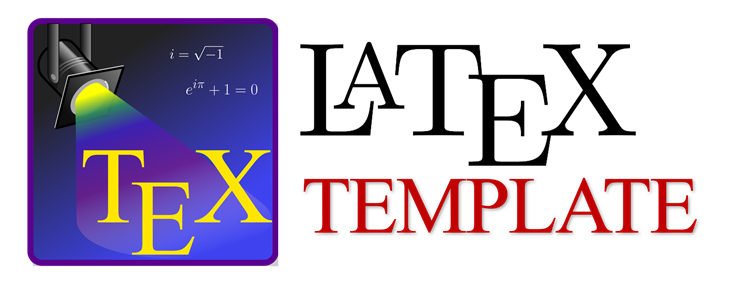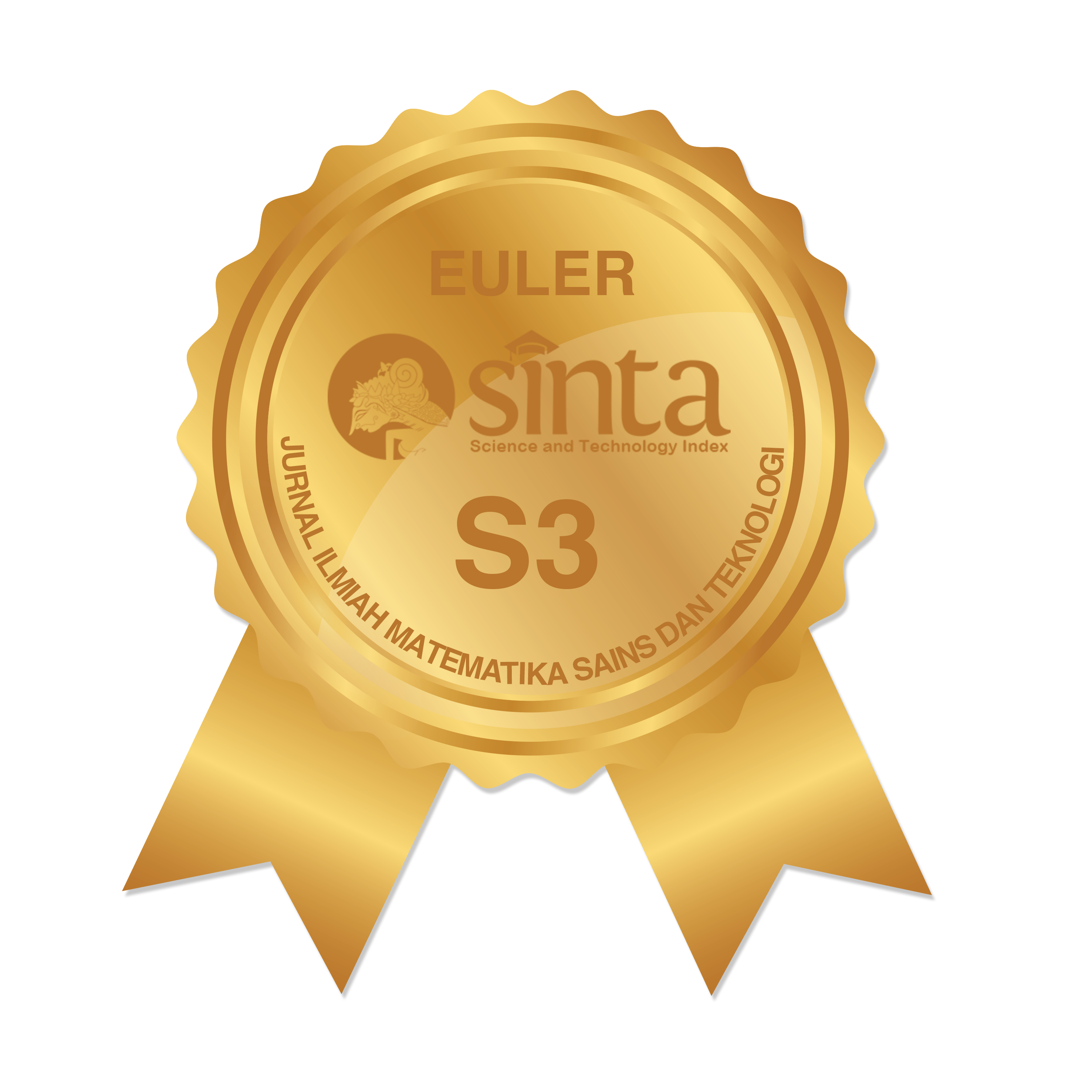Forecasting Zakat Potential in BAZNAZ East Java Using the ARIMAX Method with Calendar Variation Effects
Abstract
Keywords
Full Text:
PDFReferences
S. A. Muhammad and R. A.-J. Saad, “Moderating Effect of Attitude Toward Zakat Payment on the Relationship Between Moral Reasoning and Intention to Pay Zakat,” Procedia – Social and Behavioral Sciences, vol. 219, pp. 520–527, 2016. doi: https://doi.org/10.1016/j.sbspro.2016.05.029.
M. A. Miah, “Effectiveness of Zakat--Based Poverty Alleviation Program: Evidence from Bangladesh,” International Journal of Zakat, vol. 6, no. 2, pp. 27–42, 2021. doi: https://doi.org/10.37706/ijaz.v6i2.325.
F. Siddiqui, R. A. Salam, Z. S. Lassi, and J. K. Das, “The Intertwined Relationship Between Malnutrition and Poverty,” Frontiers in Public Health, vol. 8, Art. 00453, pp. 1–5, 2020. doi: https://doi.org/10.3389/fpubh.2020.00453.
Badan Pusat Statistik Indonesia, Profil Kemiskinan di Indonesia Maret 2023. Jakarta, Indonesia: BPS, 2023.
S. Haris, “Analisis Pendayagunaan Zakat dalam Upaya Pengentasan Kemiskinan pada LAZIS Al-Ihsan Jawa Tengah,” M.S. thesis, Universitas Islam Negeri Walisongo Semarang, 2021.
H. Zhang, H. Song, L. Wen, and C. Liu, “Forecasting Tourism Recovery Amid COVID-19,” Annals of Tourism Research, vol. 87, Art. 103149, 2021. doi: https://doi.org/10.1016/j.annals.2021.103149.
J. Han, H. Lin, and Z. Qin, “Prediction and Comparison of In-Vehicle CO₂ Concentration Based on ARIMA and LSTM Models,” Applied Sciences, vol. 13, Art. 10858, 2023. doi: https://doi.org/10.3390/app131910858.
L. Moftakhar, M. Seif, and M. S. Safe, “Exponentially Increasing Trend of Infected Patients with COVID-19 in Iran: A Comparison of Neural Network and ARIMA Forecasting Models,” Iranian Journal of Public Health, vol. 49, pp. 92–100, 2020.
J. Berger, T. Yalcinoz, and K. Rudion, “Investigating the Intraday Continuous Electricity Market Using Auto-Regression Integrated Moving Average Model with Exogenous Inputs,” in Proc. IEEE Int. Conf. Environment and Electrical Engineering & Industrial and Commercial Power Systems Europe (EEEIC/I&CPS), 2020, vol. 6, pp. 1–6. doi: https://doi.org/10.1109/EEEIC/ICPSEurope49358.2020.9160595.
N. B. Behmiri, C. Fezzi, and F. Ravazzolo, “Incorporating air temperature into mid-term electricity load forecasting models using time-series regressions and neural networks,” Energy, vol. 278, p. 127831, Sep. 2023. doi: https://doi.org/10.1016/j.energy.2023.127831.
Y. P. Chen et al., “Modeling and Predicting Pulmonary Tuberculosis Incidence and Its Association with Air Pollution and Meteorological Factors Using an ARIMAX Model: An Ecological Study in Ningbo of China,” International Journal of Environmental Research and Public Health, vol. 19, Art. 5385, pp. 1–11, 2022. doi: https://doi.org/10.3390/ijerph19095385.
T. Luo et al., “Early Warning and Prediction of Scarlet Fever in China Using the Baidu Search Index and Autoregressive Integrated Moving Average with Explanatory Variable (ARIMAX) Model: Time-Series Analysis,” Journal of Medical Internet Research, vol. 25, Art. 49400, pp. 1–12, 2023. doi: https://doi.org/10.2196/49400.
A. L. Schaffer, T. A. Dobbins, and S.-A. Pearson, “Interrupted Time-Series Analysis Using Autoregressive Integrated Moving Average (ARIMA) Models: A Guide for Evaluating Large-Scale Health Interventions,” BMC Medical Research Methodology, vol. 21, Art. 212, pp. 1–12, 2021. doi: https://doi.org/10.1186/s12874-021-01235-8.
D. N. Gujarati, Basic Econometrics, 4th ed. New York, NY, USA: McGraw-Hill, 1995. doi: https://doi.org/10.2307/2230043.
W. K. Adu, P. Appiahene, and S. Afrifa, “VAR, ARIMAX and ARIMA Models for Nowcasting Unemployment Rate in Ghana Using Google Trends,” Journal of Electrical Systems and Information Technology, vol. 10, Art. 78, pp. 1–16, 2023. doi: https://doi.org/10.1186/s43067-023-00078-1.
R. Ospina, J. A. M. Gondim, V. Leiva, and C. Castro, “An Overview of Forecast Analysis with ARIMA Models During the COVID-19 Pandemic: Methodology and Case Study in Brazil,” Mathematics, vol. 11, Art. 3069, pp. 1–18, 2023. doi: https://doi.org/10.3390/math11143069.
P. Almaleck, S. Massucco, G. Mosaico, M. Saviozzi, P. Serra, and F. Silvestro, “Electrical Consumption Forecasting in Sports Venues: A Proposed Approach Based on Neural Networks and ARIMAX Models,” Sustainable Cities and Society, vol. 100, Art. 105019, pp. 1–16, 2024. doi: https://doi.org/10.1016/j.scs.2023.105019.
M. Monica and A. Suharsono, “Forecasting Cash Outflow and Inflow in Jember with ARIMAX Calendar Variation Effect,” AIP Conference Proceedings, vol. 2326, Art. 050013, pp. 1–7, 2021. doi: https://doi.org/10.1063/5.0039283.
J. P. A. Ioannidis, S. Cripps, and M. A. Tanner, “Forecasting for COVID-19 Has Failed,” International Journal of Forecasting, vol. 38, pp. 423–438, 2022. doi: https://doi.org/10.1016/j.ijforecast.2020.08.004.
E. Vivas, H. Allende-Cid, and R. Salas, “A Systematic Review of Statistical and Machine Learning Methods for Electrical Power Forecasting with Reported MAPE Score,” Entropy, vol. 22, Art. 1412, pp. 1–24, 2020. doi: https://doi.org/10.3390/e22121412.
P. Bertoli and V. Grembi, “The Ramadan Effect in the Workplace,” Journal of Economic Behavior & Organization, vol. 227, Art. 106711, Nov. 2024. doi: https://doi.org/10.1016/j.jebo.2024.106711.
D. Devianto et al., “An Innovative Model for Capturing Seasonal Patterns of Train Passenger Movement Using Exogenous Variables and Fuzzy Time-Series Hybridization,” Journal of Open Innovation: Technology, Market, and Complexity, vol. 10, no. 1, Art. 100232, Mar. 2024. doi: https://doi.org/10.1016/j.joitmc.2024.100232.
T. W. Oktavendi and I. Mu'ammal, “Acceptance model for predicting adoption of Zakat, Infaq, and Sodaqoh (ZIS) digital payments in Generation Z,” Journal of Islamic Accounting and Business Research, vol. 13, no. 4, pp. 684–700, Mar. 2022. doi: https://doi.org/10.1108/JIABR-09-2021-0267.
S. Syamsuri, F. Johari, N. Nadhilah, and Y. Sa’adah, “Forecasting the Financial Soundness of Indonesia’s National Board of Zakat (BAZNAS) Using Artificial Neural Network Models,” TEM Journal, vol. 13, no. 1, pp. 605–615, Feb. 2024. doi: https://doi.org/10.18421/TEM131-63.
A. R. P. Syam, “Application of the Autoregressive Integrated Moving Average Exogenous (ARIMAX) with Calendar Variation Effect Method for Forecasting Chocolate Data in Indonesia and the United States,” Jurnal Matematika, Statistika dan Komputasi, vol. 18, no. 2, Art. no. 2, Jan. 2022. doi: https://doi.org/10.20956/j.v18i2.18460.
C. Aranda Reina, J. Bouchez, and J. L. Druhan, “Quantifying the impacts of exogenous dust inputs to the critical zone using reactive transport modeling,” Geochimica et Cosmochimica Acta, vol. 393, pp. 254–267, Mar. 2025. doi: https://doi.org/10.1016/j.gca.2025.01.023.
G. P. D. Sohibien, Setiawan, and D. D. Prastyo, “Spatial Vector Autoregressive with Metric Exogenous Variable (SpVARX) for Inflation and Outflow Forecasting,” Procedia Computer Science, vol. 234, pp. 140–147, Jan. 2024. doi: https://doi.org/10.1016/j.procs.2024.02.160.
G. Jang, J. Seo, and H. Lee, “Analyzing the impact of COVID-19 on seasonal infectious disease outbreak detection using hybrid SARIMAX-LSTM model,” Journal of Infection and Public Health, vol. 18, no. 7, p. 102772, Jul. 2025. doi: https://doi.org/10.1016/j.jiph.2025.102772.
DOI: https://doi.org/10.37905/euler.v13i2.31456
Refbacks
- There are currently no refbacks.
Copyright (c) 2025 Lia Puspita Sari, Abdulloh Hamid, Hani Khaulasari

This work is licensed under a Creative Commons Attribution-NonCommercial 4.0 International License.
Euler : Jurnal Ilmiah Matematika, Sains dan Teknologi has been indexed by:
EDITORIAL OFFICE OF EULER : JURNAL ILMIAH MATEMATIKA, SAINS, DAN TEKNOLOGI |
 | Department of Mathematics, Faculty of Mathematics and Natural Science, Universitas Negeri Gorontalo Jl. Prof. Dr. Ing. B. J. Habibie, Tilongkabila, Kabupaten Bone Bolango 96554, Gorontalo, Indonesia |
 | Email: [email protected] |
 | +6287777-586462 (WhatsApp Only) |
 | Euler : Jurnal Ilmiah Matematika, Sains dan Teknologi (p-ISSN: 2087-9393 | e-ISSN:2776-3706) by Department of Mathematics Universitas Negeri Gorontalo is licensed under a Creative Commons Attribution-NonCommercial 4.0 International License. Powered by Public Knowledge Project OJS. |














